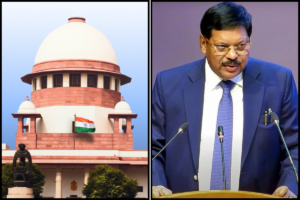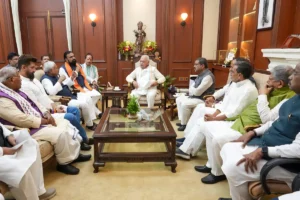
On Tuesday, the White House said that NASA will be tasked with developing a consistent time standard for the Moon and other celestial bodies, as governments and private corporations compete in space.
The White House Office of Science and Technology Policy (OSTP) has directed the US space agency to formulate a plan for Coordinated Lunar Time by the end of 2026, with the goal of establishing worldwide standards beyond Earth’s orbit.
In a statement, Steve Welby, OSTP Deputy Director for National Security said, “As NASA, private companies, and space agencies around the world launch missions to the Moon, Mars, and beyond, it’s important that we establish celestial time standards for safety and accuracy”.
Welby mentioned how time passes differently depending on positions in space, using the example of how time appears to pass more slowly when gravity is stronger, such as near celestial bodies.
“A consistent definition of time among operators in space is critical to successful space situational awareness capabilities, navigation, and communications”, Welby continued.
The White House explained the goal is for Coordinate Lunar Time, or LTC, to be linked to Coordinated Universal Time (UTC), which is now the major time standard used around the world to regulate time on Earth.
The White House directed NASA to collaborate with the Departments of Commerce, Defence, State, and Transportation to deliver a time standard strategy to improve navigation and other operations for missions in particular in the cislunar space zone between Earth and the Moon.
The new standard will emphasize four characteristics: traceability to UTC, accuracy sufficient to facilitate precise navigation and science, resilience to loss of contact with Earth, and scalability to environments beyond cislunar space.
The brief included a few technical details for developing a lunar time standard, but OSTP advised using aspects of the existing standard on Earth.
“Just as Terrestrial Time is set through an ensemble of atomic clocks on Earth, an ensemble of clocks on the Moon might set Lunar Time”, the White House added.
The United States plans to return to the Moon in 2026, humanity’s first lunar landing since the Apollo 17 mission in 1972.
Also read: Early Trade Saw Markets Declines Amid Unfavorable Worldwide Trends
To read more such news, download Bharat Express news apps






















